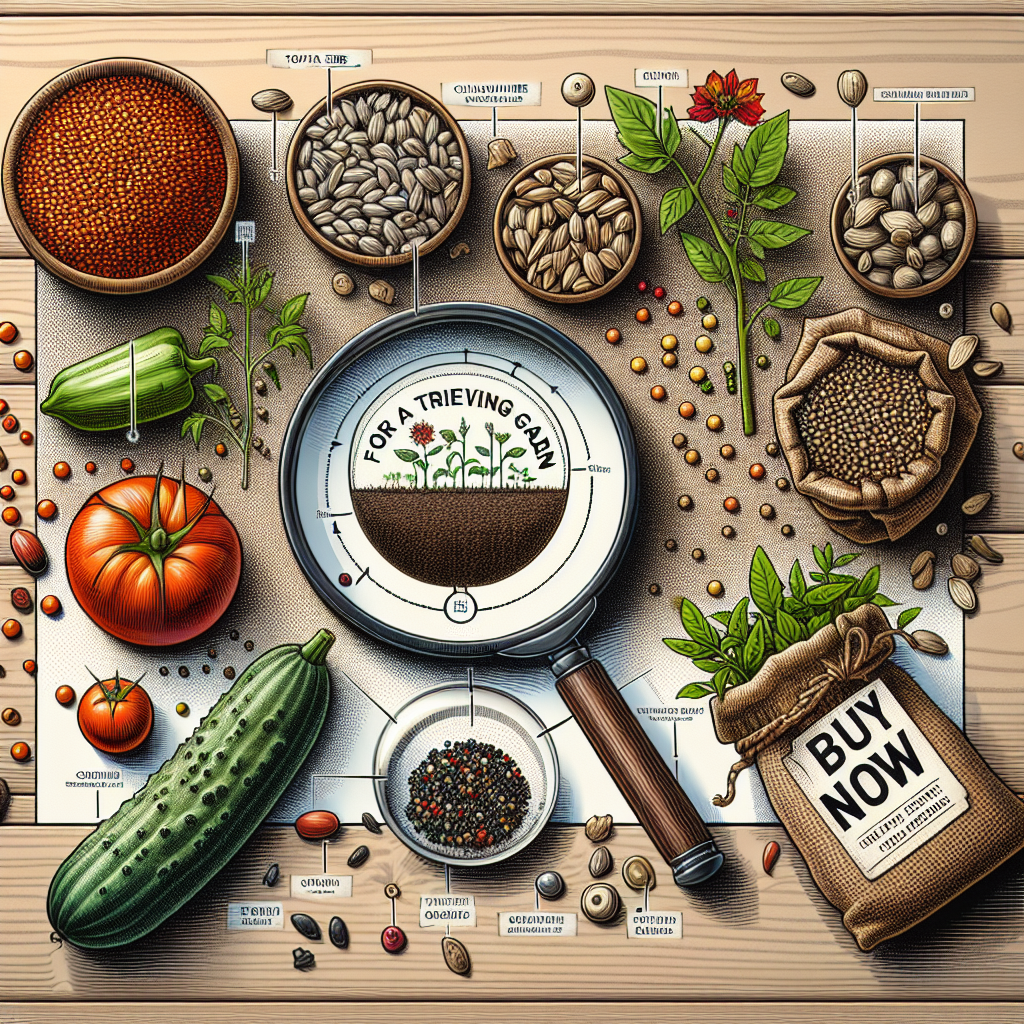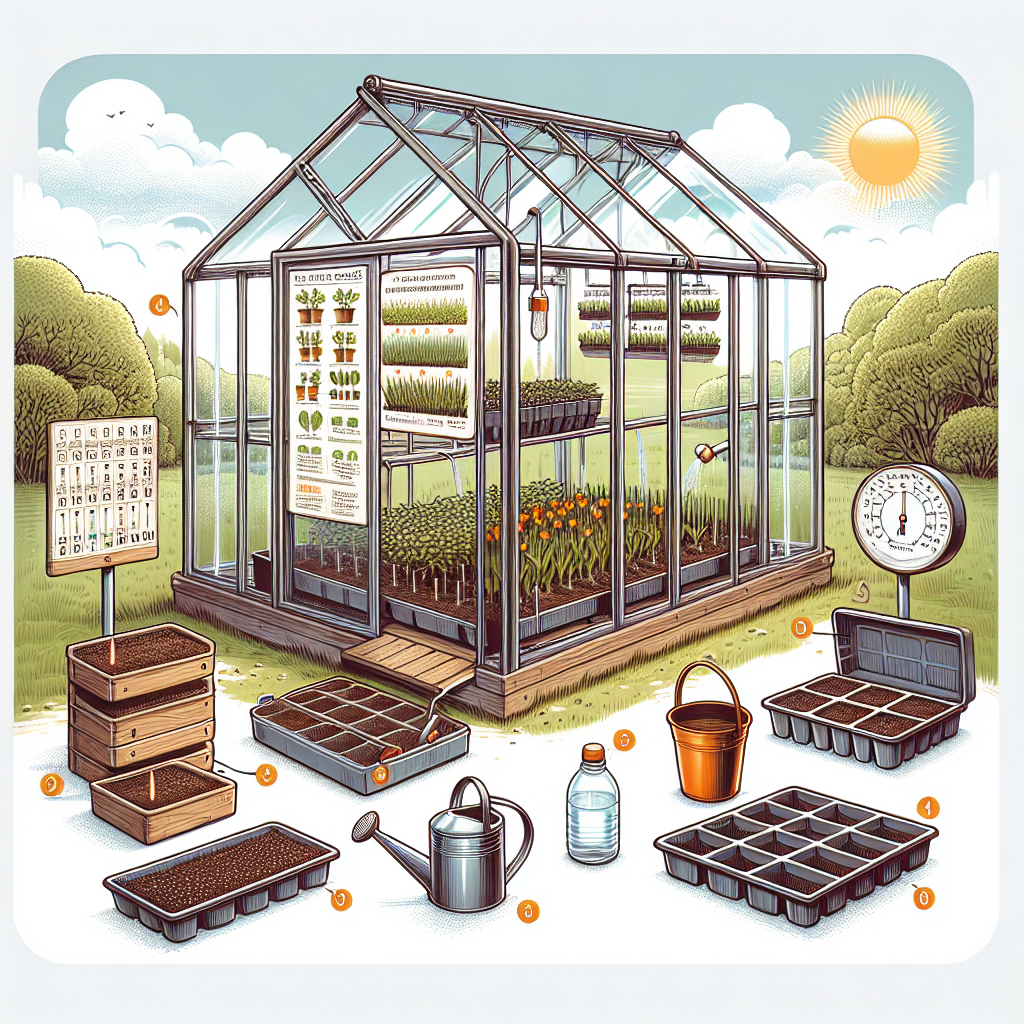How to Set Up a Greenhouse for Seed Starting 2024
Starting seeds in a greenhouse is one of the most effective ways to ensure healthy, vigorous plants for your garden. In 2024, with advances in greenhouse technology and sustainable practices, learning how to set up a greenhouse for seed starting can significantly improve your gardening success. Whether you’re a beginner or an experienced grower, a thoughtfully designed greenhouse environment will provide the optimal conditions for germination and seedling development.
Why Use a Greenhouse for Seed Starting?
A greenhouse offers a controlled microclimate, protecting young plants from unpredictable outdoor weather, pests, and diseases. This means you can start your seeds earlier in the season, extend your growing period, and achieve higher germination rates. With the right setup, your seedlings will thrive, ready for transplanting when outdoor conditions are ideal.
Essential Equipment and Materials for Greenhouse Seed Starting
- Seed trays and flats: Choose trays with adequate drainage to prevent waterlogging.
- High-quality seed starting mix: Use a sterile, fine-textured medium for successful germination.
- Heating mats: These ensure consistent soil temperatures, crucial for many seeds.
- Grow lights or supplemental lighting: Especially important in regions with low natural light.
- Thermometers and hygrometers: Monitor and maintain optimal temperature and humidity levels.
- Misting bottles or automated irrigation: Keep the seed starting mix evenly moist.
- Labels and markers: Clearly identify different seed varieties and planting dates.
Step-by-Step Guide: Setting Up a Greenhouse for Seed Starting
1. Choose the Right Greenhouse Location
Select a spot with maximum sunlight exposure, ideally south-facing, to benefit from natural light. Good air circulation and access to water are also important considerations when planning your greenhouse setup.
2. Prepare the Interior Layout
- Install benches or shelving: Elevate seed trays for easy access and improved airflow.
- Arrange grow lights: Position lights above trays to ensure even light distribution.
- Set up heating: Place heating mats under trays for bottom warmth, essential for germination.
3. Mix and Fill Seed Trays
Fill trays with moistened, sterile seed starting mix. Avoid garden soil, as it can harbor pathogens and pests.
4. Sow the Seeds
Plant seeds at the recommended depth for each species. Lightly cover and gently mist the surface. Use labels to track varieties and sowing dates.
5. Maintain Optimal Conditions
- Temperature: Most seeds germinate best between 65–75°F (18–24°C).
- Humidity: Keep humidity high during germination, then reduce as seedlings grow to prevent damping-off disease.
- Watering: Consistent moisture is crucial, but avoid overwatering.
- Ventilation: Open vents or use fans to circulate air and reduce fungal risks.
6. Provide Adequate Lighting
If natural sunlight is insufficient, supplement with LED grow lights. Position lights 2–4 inches above seedlings and adjust as they grow. Aim for 12–16 hours of light per day.
7. Monitor and Adjust
Regularly check temperature, humidity, and moisture levels. Thin overcrowded seedlings and transplant them into larger pots as needed.
Best Practices for Greenhouse Seed Starting in 2024
- Sterilize equipment: Clean all trays, tools, and surfaces before use to prevent disease.
- Use sustainable materials: Look for biodegradable pots and organic seed starting mixes.
- Practice crop rotation: Change seed starting locations each year to reduce pest buildup.
- Monitor for pests: Check regularly for aphids, fungus gnats, and other greenhouse pests.
Common Problems and Their Solutions
| Issue | Symptoms | Solution |
|---|---|---|
| Damping-off disease | Seedlings collapse at soil level | Improve ventilation, use sterile mix, avoid overwatering |
| Leggy seedlings | Stretched, weak stems | Increase light intensity, reduce temperature slightly |
| Fungal growth | White mold on soil or plants | Reduce humidity, increase airflow, remove affected material |
| Pest infestations | Visible insects or damage | Use sticky traps, introduce beneficial insects, inspect plants regularly |
When and How to Transplant Seedlings from Your Greenhouse
Once your seedlings have developed strong roots and several true leaves, begin the hardening-off process. Gradually expose them to outdoor conditions over 7–10 days, increasing the time outside each day. Transplant into the garden after the last expected frost, ensuring soil and air temperatures are suitable for your crop.
Greenhouse Seed Starting Checklist for 2024
- Purchase quality seeds and supplies
- Clean and prepare greenhouse and equipment
- Set up benches, lighting, and heat sources
- Mix and moisten seed starting medium
- Sow seeds and label trays
- Maintain correct temperature and humidity
- Water and monitor seedlings daily
- Thin and transplant as needed
- Harden off seedlings before outdoor planting
Frequently Asked Questions
- What is the best temperature for seed germination in a greenhouse?
- Most seeds germinate best at 65–75°F (18–24°C). Adjust according to specific plant needs.
- How much light do seedlings need?
- Provide 12–16 hours of bright, indirect light daily, using supplemental grow lights if needed.
- When should I start seeds in the greenhouse?
- Start seeds 6–8 weeks before your last expected frost date. Refer to seed packet instructions for specific timing.
- What is the ideal humidity for seed starting?
- Maintain high humidity (70–90%) until germination, then gradually reduce to 50–60%.
- How do I prevent diseases in my greenhouse seedlings?
- Use sterile equipment, avoid overwatering, ensure good ventilation, and monitor regularly for issues.
Conclusion: Grow Your Best Garden in 2024
Setting up a greenhouse for seed starting in 2024 is an exciting way to take control of your gardening destiny. By following the steps in this guide—choosing the right equipment, creating ideal conditions, and practicing vigilant care—you’ll enjoy strong, healthy seedlings ready to flourish in your garden. Embrace the latest greenhouse techniques, and watch your gardening success blossom this year!



